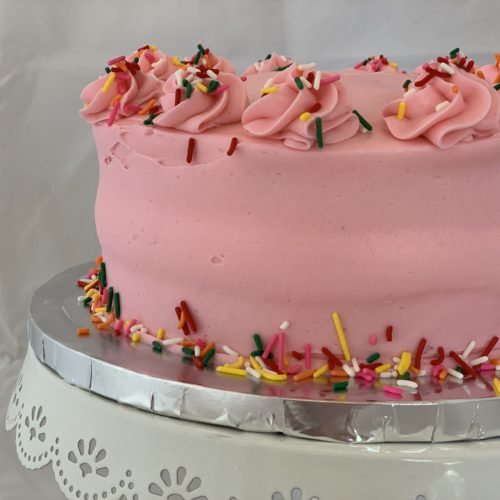The main causes of bulging cakes I have found are:
- Unlevel or domed cakes
- Not letting the cake rest long enough
- Too much filling
- Under-dowelling
- Cake is too warm
Cold cake is happy cake
Chilling cakes makes them easier to work with and transport, and minimizes bulging. Allow enough time for the cake to come to room temperature before it is served. Occasionally a cake coming to room temperature will develop the dreaded “blow-out”. Minimizing the air trapped inside your cake by following the directions below will lessen the chances of a blow-out. Here is another article specifically focused on blow-outs (notice she recommends many of the same steps below! Air inside your cake is bad!)
To avoid these pitfalls, see the gallery below.
Equipment
- Professional quality cake pans like Magic Line
- Long serrated knife
- Cake turntable
- Cake comb or bench scraper for smoothing
Notes
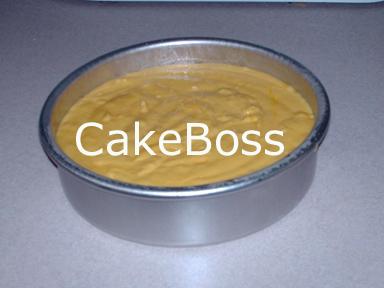
Fill cake pan 1/2 – 2/3 full. The goal is to get the cake to rise over the top lip of the pan.
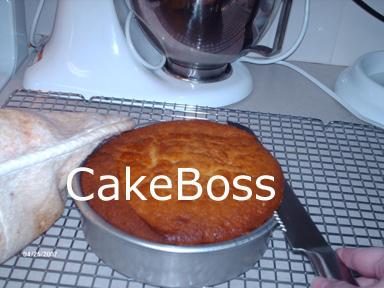
Let cooked cake cool about 10 minutes, then level off the top with a serrated knife.
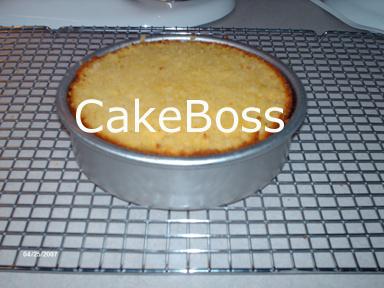
You want a perfectly flat cake top.
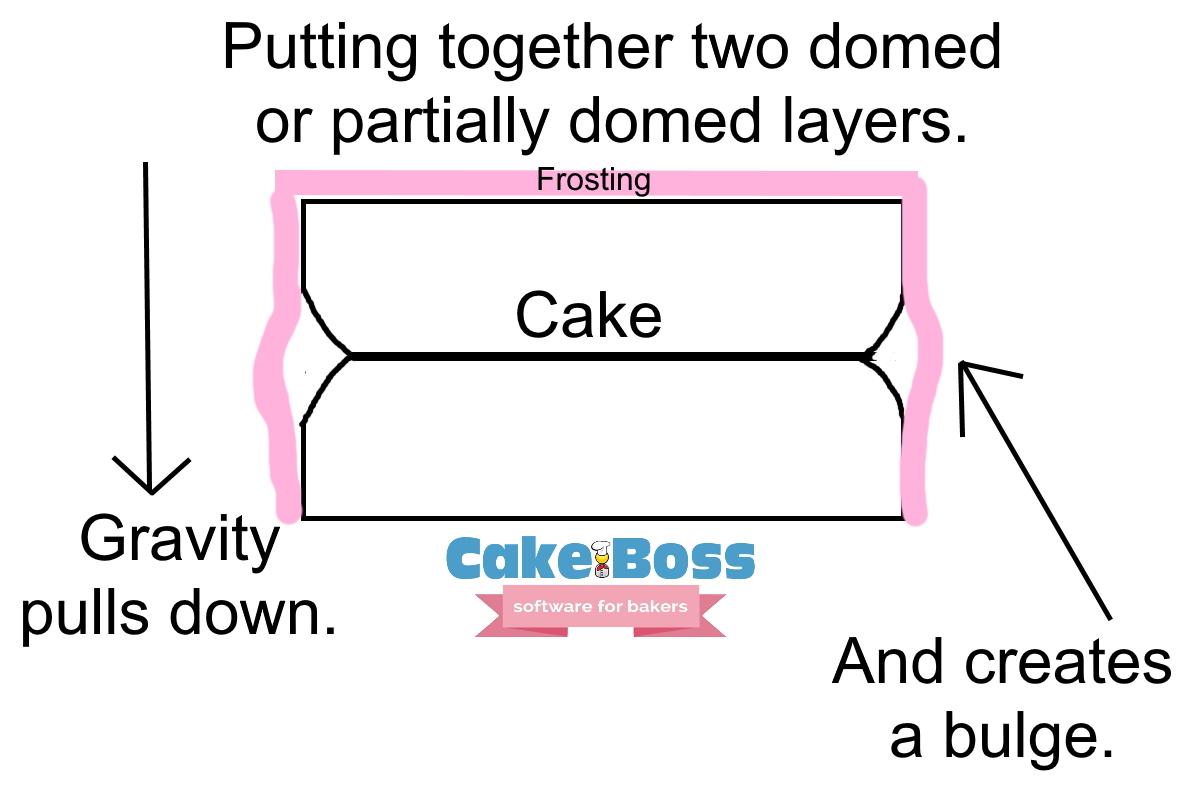
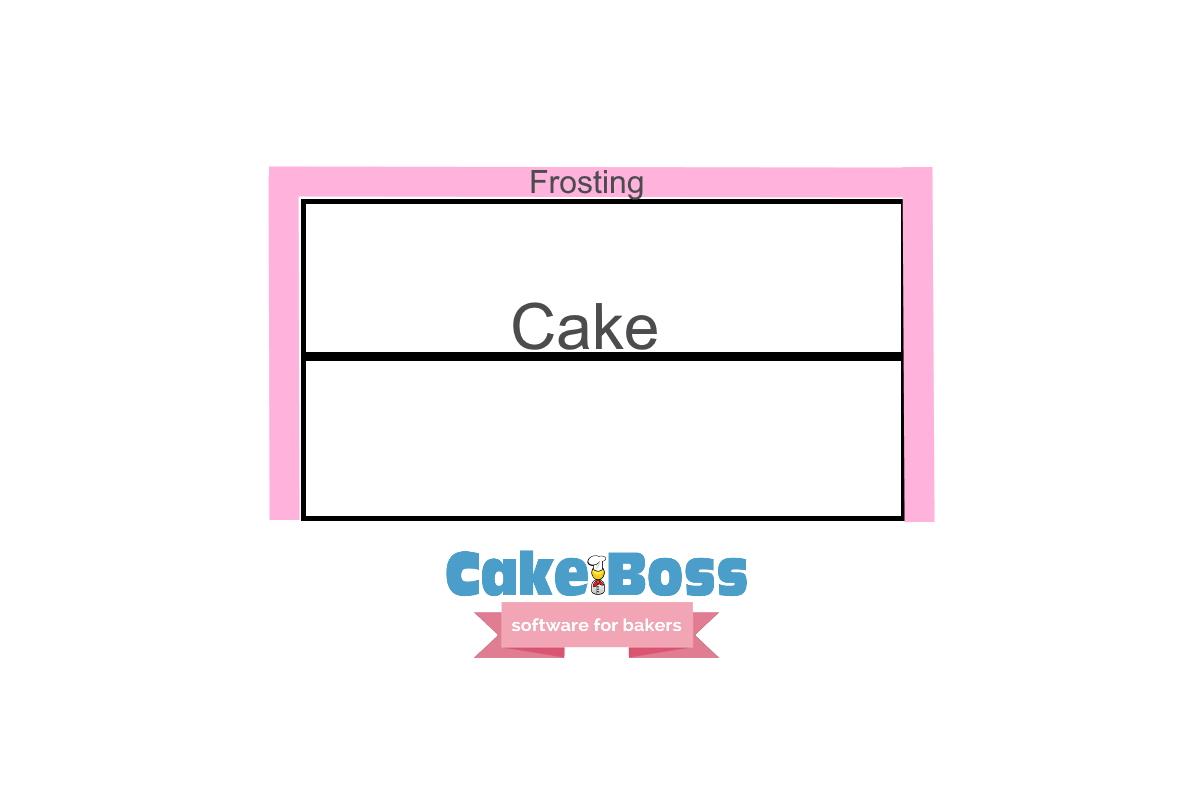
This is what your cake should look like on the inside!
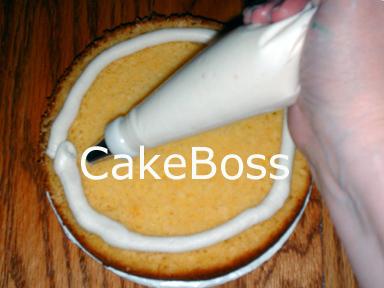
If using filling, pipe a line of frosting about 1/4″ from the outside edge of the cake.
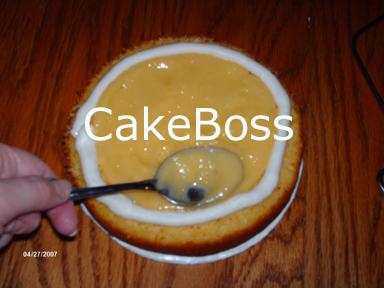
Put in your filling. Don’t go up more than halfway the height of the frosting dam.
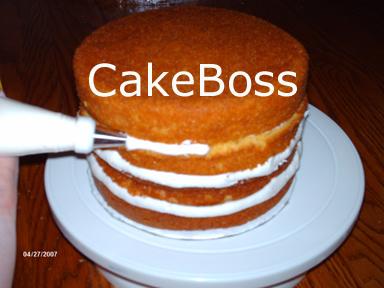
After layers are assembled, go around the outside of the cake with your #12 piping tip and pipe a line of frosting into the space between the layers. Fill up all the airspace!
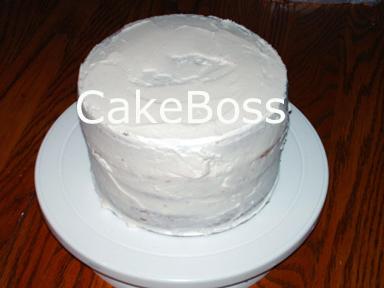
Crumb coat the cake and let rest, or refrigerate overnight.
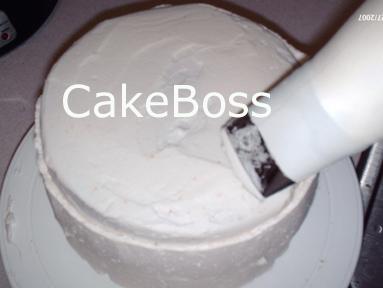
A large icing tip gives you a consistent, even coat of frosting over the cake.
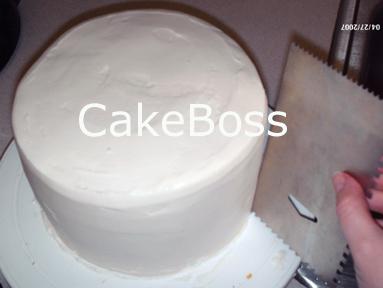
I like to use a hot cake comb to get a smooth finish. I use the hot water method, dip in hot water after every stroke, and wipe water away with a paper towel.

